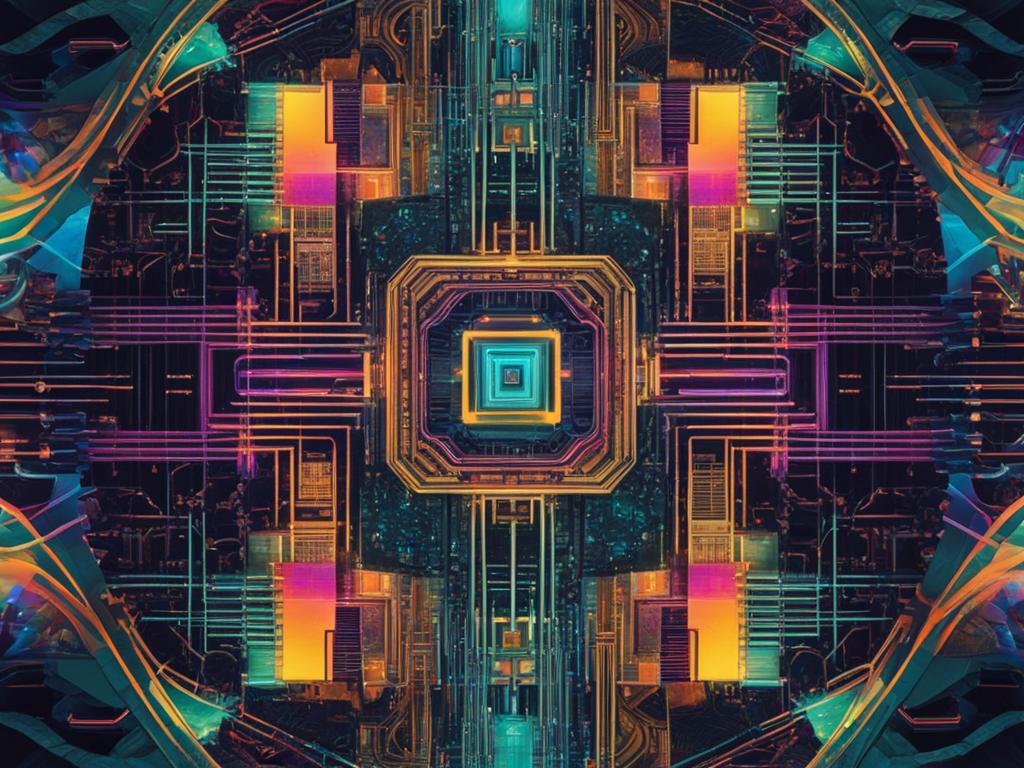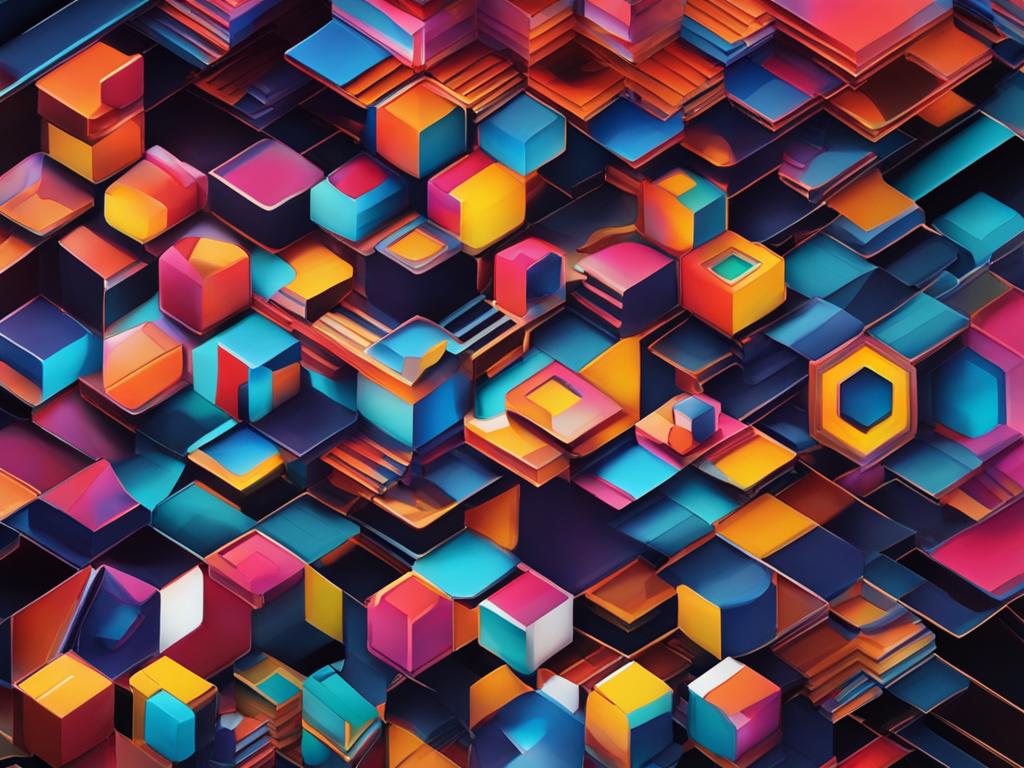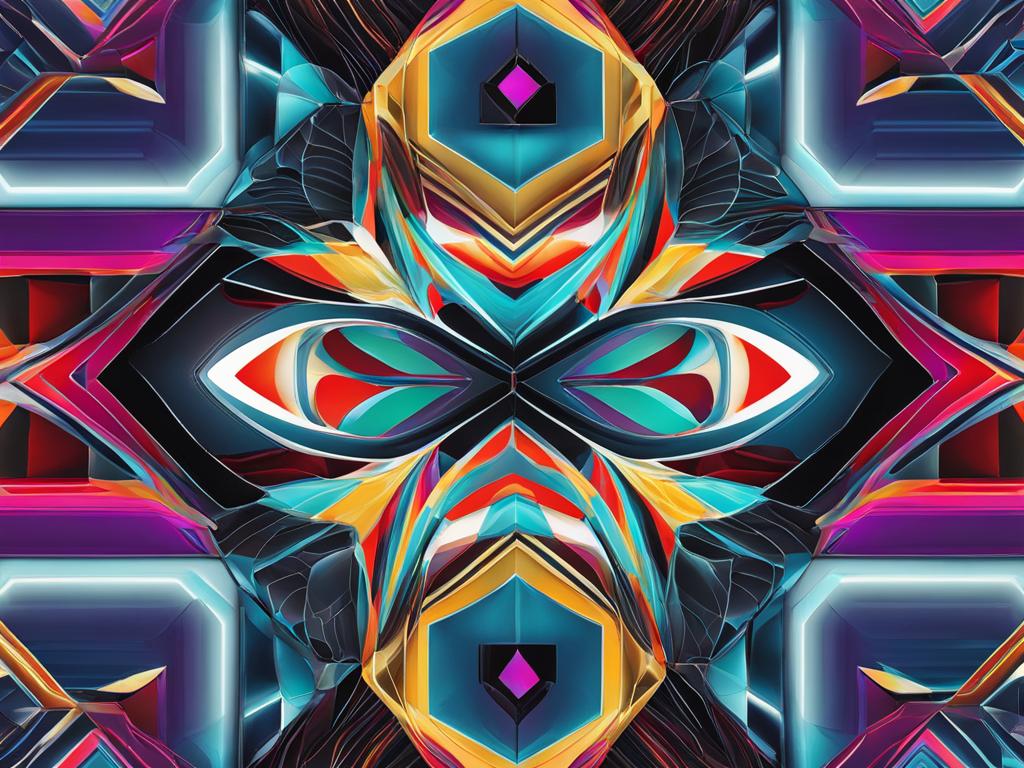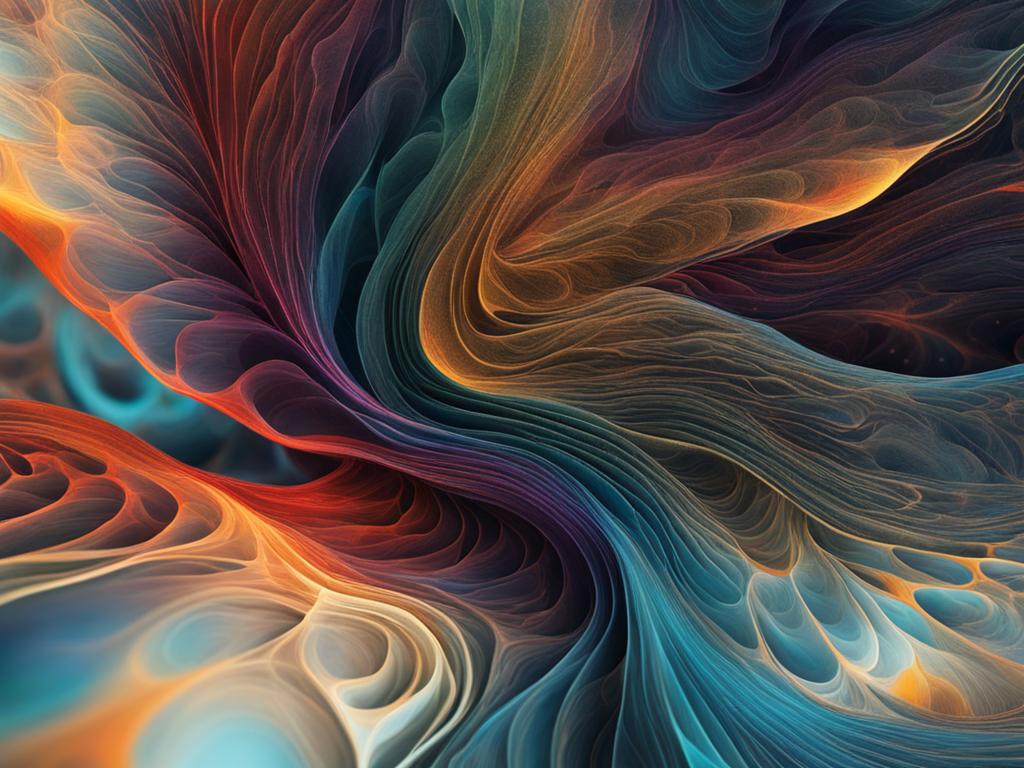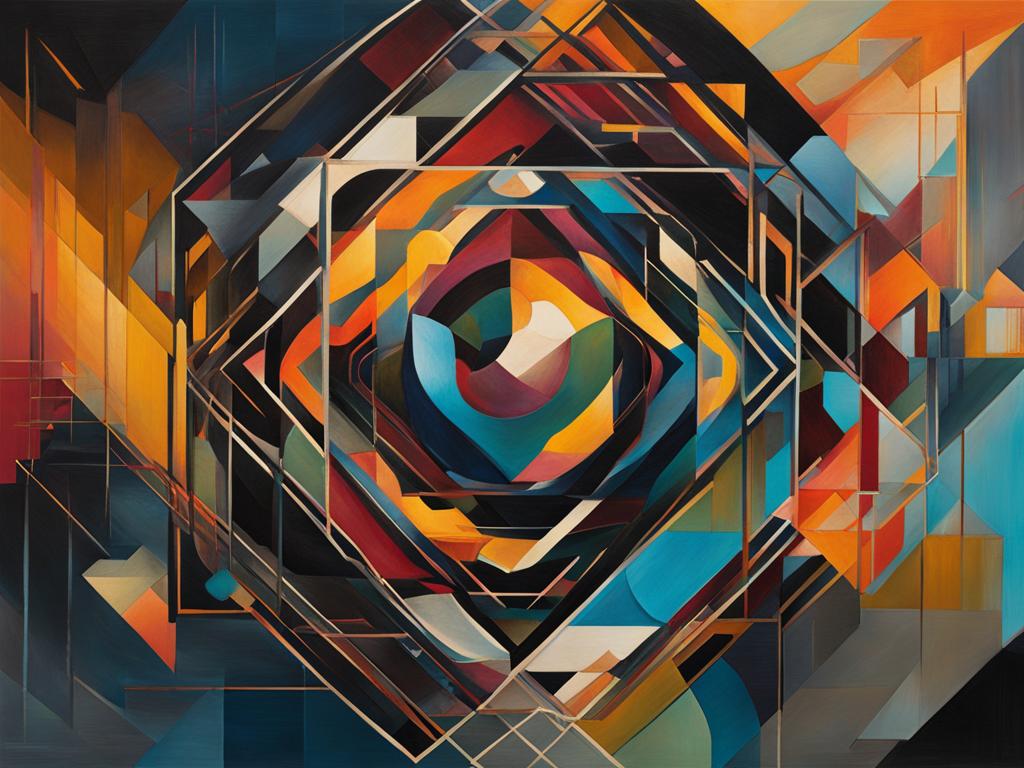I am excited to share with you the world of machine learning art videos. This field is experiencing a digital revolution, as AI algorithms and technology are transforming the way artists create and present their work. The use of machine learning in art has opened up new possibilities, allowing artists to experiment with video production in ways that were previously impossible. In this article, we will explore the applications of machine learning in art videos, as well as the impact it is having on the art world.
The integration of machine learning in art has led to innovative projects, and it is fascinating to see how artists are using this technology to push the boundaries of creativity. By incorporating AI algorithms into their work, artists are redefining what it means to create art, challenging traditional practices, and influencing artistic trends. Whether it is through style transfer, image recognition, or generative adversarial networks, machine learning is changing the way we think about art videos.
In the following sections, we will delve further into the topic, exploring the techniques, the collaboration between artists and AI algorithms, the ethical considerations, and much more. Join me as we embark on an exciting journey through the world of machine learning art videos.
Understanding Machine Learning in Art
Machine learning has revolutionized the art industry, allowing artists to create innovative projects using AI algorithms. Machine learning in art projects involves training algorithms with large datasets to recognize patterns, develop an understanding of styles, and generate unique outputs. These algorithms have been used in various subfields of art, including video editing.
With the advancements in technology, machine learning and video editing have intersected, creating new possibilities for artists in video production. Machine learning algorithms for video editing can detect and track faces, recognize objects, and generate automatic captions, among other functions. Artists can leverage these capabilities to enhance their video projects and create stunning visual effects.
“Machine learning in art projects involves training algorithms with large datasets to recognize patterns, develop an understanding of styles, and generate unique outputs.”
One example of machine learning and video editing in action is the use of style transfer technology. This process involves training algorithms to recognize the artistic style of an image or video and transfer it to another image or video. This opens up a world of possibilities for artists to explore new styles and create unique projects.
| Machine Learning in Art Projects | Machine Learning and Video Editing |
|---|---|
| Image recognition | Face detection and tracking |
| Style transfer | Object recognition |
| Generative adversarial networks (GANs) | Automatic caption generation |
Machine learning in art and video editing has opened up new possibilities and challenged traditional artistic practices. As technology continues to evolve, more artists are leveraging the capabilities of AI algorithms to create unique and captivating works.
Redefining Artistic Creation Through AI Algorithms
Machine learning algorithms are changing the way we approach artistic creation. By analyzing patterns and generating unique visual outputs, AI is revolutionizing the art world and offering an entirely new way to think about creative expression.
The integration of machine learning in art and video opens up numerous possibilities for artists to push boundaries and create captivating works. Combining traditional techniques with innovative AI approaches allows artists to produce stunning visual experiences that challenge our perceptions of art.
Artists can also utilize machine learning algorithms to generate entirely new artistic outputs. By feeding large datasets into neural networks, artists can train algorithms to recognize patterns and create unique visuals based on those patterns.
This process involves a high level of experimentation and iteration, with artists refining their datasets and adjusting their algorithms until they achieve the desired output. The result is a completely new way of artistic creation that challenges traditional approaches and expands the possibilities of artistic expression.
Impact of Machine Learning Art on the Art World
Machine learning art is having a profound impact on the art world, challenging traditional artistic practices and inspiring a new wave of digital artworks. With the integration of machine learning and video creation, artists are able to push the boundaries of creativity and explore new possibilities for artistic expression.
Machine learning algorithms are influencing artistic trends and creating unique visual outputs that would otherwise be impossible to achieve. The use of machine learning in digital art is giving rise to innovative projects that are challenging audiences to think about art in new and exciting ways.
The impact of machine learning art is not limited to the art world alone. As this technology continues to evolve, it is also influencing other industries, such as advertising, entertainment, and gaming.
With the integration of machine learning and video creation, artists and designers are able to create engaging, interactive content that is tailored to the needs and preferences of their audiences. This data-driven approach is transforming the way that we think about creativity and artistic expression.
“Machine learning art is a powerful tool for artists who want to push the boundaries of creativity and explore new possibilities for artistic expression.”
Key Artists Pushing the Boundaries of Machine Learning Art Videos
Machine learning art videos are pushing the boundaries of creativity in the art world, and these key artists are at the forefront of this revolution. Using AI algorithms and video techniques, they are creating innovative projects that challenge traditional art forms and showcase the immense potential of technology in art.
One such artist is Refik Anadol, who explores the intersection of art, machine learning, and data visualization. His work blurs the boundaries between the physical and the digital, creating immersive experiences that invite viewers to reconsider their relationship with technology.
“My ultimate goal as an artist is to offer new perspectives and awareness through my work that has the potential to transform our lives and society in profound ways.” – Refik Anadol
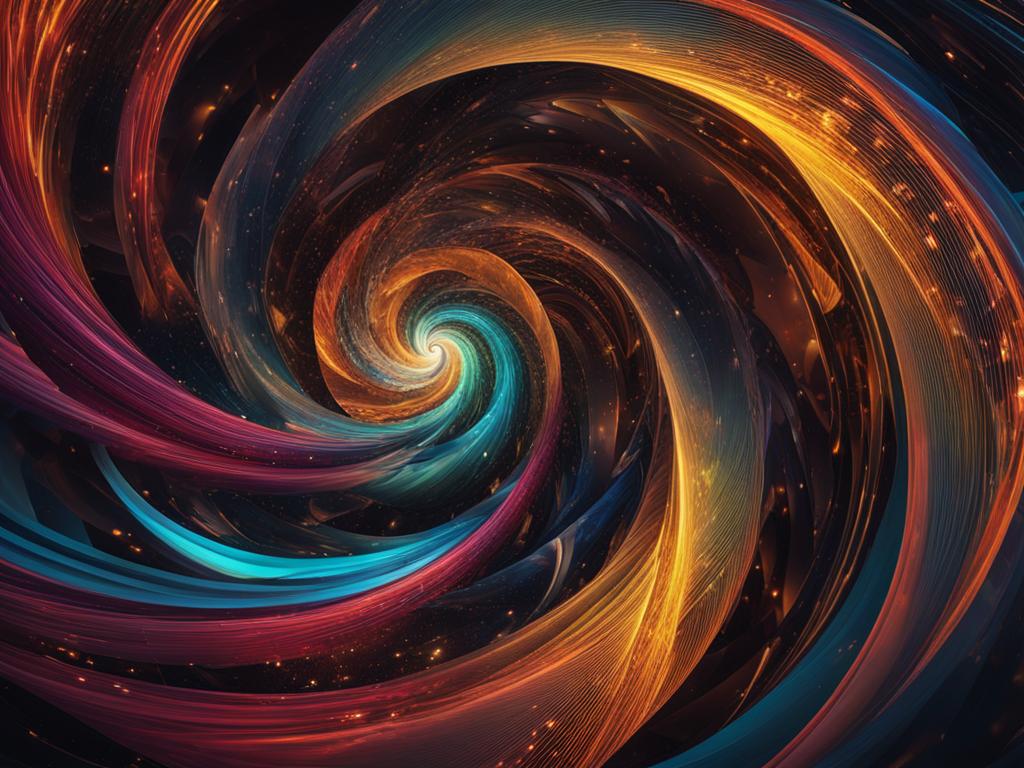
Cristóbal Valenzuela is another notable artist whose work focuses on the intersection of art and machine learning. He is the co-founder of Runway, a tool that allows artists to create machine learning models without the need for extensive coding skills. His work has been featured in numerous exhibitions and conferences, highlighting the growing importance of machine learning in the art world.
Jenna Sutela is an artist who works with machine learning to explore themes of language and communication. Her work combines AI algorithms with biological materials to create unique installations that challenge our understanding of language and the role of technology in communication.
These artists are just a few examples of the immense talent and creativity that is driving the machine learning art video revolution. With each new project, they are pushing the boundaries of what is possible, and inspiring a new generation of artists to explore the intersection of art and technology.
Techniques and Applications of Machine Learning in Art Videos
As the integration of machine learning in art videos continues to grow, artists are utilizing various techniques and applications to create compelling visual outputs. One popular technique is style transfer, which involves mapping the style of one image onto another to create a unique visual output. Image recognition is another widely used application, enabling artists to analyze patterns in images and generate new and innovative creations.
Generative adversarial networks (GANs) are also gaining popularity in machine learning art videos. By pitting two algorithms against one another, GANs can produce highly unique and creative outputs. Other techniques, such as motion synthesis and video analysis, are also being explored for their potential in the field of machine learning in art.
When it comes to video production, machine learning is being used to streamline the process and improve the overall quality of the final product. By analyzing data and identifying patterns, AI algorithms can help reduce production time and enhance the overall visual quality of a video. This offers significant advantages to artists and video producers alike, enabling them to create more impactful and engaging videos.
“The integration of machine learning in art videos is opening up new worlds of creative possibilities for artists. With the help of AI algorithms, artists can experiment with new techniques and push the boundaries of traditional artistic practices, creating exciting and innovative works of art.”
Future Trends in Machine Learning Art Videos
As the field of machine learning in art continues to grow, new projects and advancements are constantly emerging. One exciting trend is the use of machine learning in video animation. With AI algorithms, artists can now create dynamic video animations that respond to user inputs or environmental cues. This opens up new possibilities for interactive digital art installations and dynamic video projects.
In addition, machine learning is being used in a wide range of creative projects, from large-scale art installations to personalized digital experiences. As the technology continues to evolve, we can expect to see even more innovative uses of machine learning in the art world.
“The use of machine learning in video animation opens up new possibilities for interactive digital art installations and dynamic video projects.”
Ethical Considerations in Machine Learning Art
As machine learning continues to expand its reach into the art world, it becomes necessary to address the ethical implications of relying on AI algorithms for artistic creation. One major concern is the impact on the copyright and authorship of artworks created using machine learning technology. It can be challenging to determine who deserves credit for the final product – the artist or the machine learning algorithm.
Furthermore, the originality of the artwork may come into question as AI algorithms are programmed to analyze and learn from existing artworks, potentially leading to works that seem derivative or lacking in creativity. This raises the question of whether machine learning-generated art can truly be considered original and authentic.
Another issue to consider is the potential biases that can arise when relying solely on AI algorithms for artistic creation. These biases can be based on factors such as the training data used to program the algorithm and the inherent subjective nature of art, leading to a lack of diversity and fair representation in the final output.
It is essential for artists and the industry at large to engage in thoughtful discussions and enact policies that address the ethical considerations of machine learning art. By doing so, we can ensure that the introduction of AI algorithms into the creative process does not compromise the integrity and authenticity of the art we create.
Collaboration between Artists and AI Algorithms
With the advent of machine learning in art and video creation, artists are discovering new ways to collaborate with AI algorithms to bring their ideas to life. By leveraging the capabilities of machine learning, artists are achieving groundbreaking results that would not have been possible through traditional artistic practices alone.
Using machine learning in art allows artists to analyze patterns and generate unique visual outputs that challenge traditional artistic conventions. By collaborating with AI algorithms, artists are able to expand their creative vision and produce captivating digital artworks that push boundaries and captivate audiences.
One example of successful collaboration between artists and AI algorithms is the work of Sougwen Chung, a Brooklyn-based artist who creates stunning machine learning art videos using a robotic arm and real-time projections. The artist uses machine learning algorithms to train the robotic arm to draw dynamically, resulting in complex and engaging artworks that are truly unique.
Other artists are exploring how machine learning can be used to enhance video production, creating rich and dynamic video content that showcases the possibilities of this evolving field. For example, artist Memo Akten has used machine learning to create stunning video art that responds to the movement of dancers, creating a mesmerizing and immersive experience for viewers.
As machine learning in art and video creation continues to evolve, we can expect to see even more exciting collaborations between artists and AI algorithms, resulting in cutting-edge digital artworks that challenge our perceptions of creativity and visual expression.
The Uncharted Frontier: Exploring the Possibilities of Machine Learning Art Videos.
As an artist, I am thrilled by the immense potential and possibilities that lie ahead in the realm of machine learning art videos. The integration of AI algorithms and video techniques has opened up a digital frontier, challenging traditional artistic practices and pushing the boundaries of creativity.
Machine learning in art is allowing artists to analyze patterns, generate unique visual outputs, and translate complex data into captivating digital artworks. The possibilities are endless, and as we continue to push the limits of this technology, we are sure to discover new and exciting ways to create and experience art.
One of the most exciting potential applications of machine learning in art is machine learning art video. By harnessing the power of AI algorithms, artists can create compelling and innovative video projects that challenge our perceptions and engage our imaginations.
Whether it’s through style transfer, image recognition, or generative adversarial networks, machine learning in art videos is revolutionizing the way we create and interact with digital media. As an artist, I am constantly exploring these techniques and experimenting with new ways to use this technology to enhance my creative vision.
As we look to the future of machine learning art videos, we can expect to see even more exciting and groundbreaking projects. From video animation with machine learning to interactive installations that respond to viewer input, the possibilities are limited only by our imaginations.
As artists, we have a responsibility to embrace the digital revolution and explore the uncharted frontier of machine learning art videos. By doing so, we can push the boundaries of creativity, challenge traditional artistic practices, and create captivating digital artworks that capture the imagination of audiences around the world.
Machine learning art video is a thrilling and exciting field. As we continue to innovate and explore, we are sure to discover new and exciting ways to create and experience art that will leave a lasting impact on the art world for generations to come.
So let us embrace this digital revolution and explore the uncharted frontier of machine learning art videos together.

